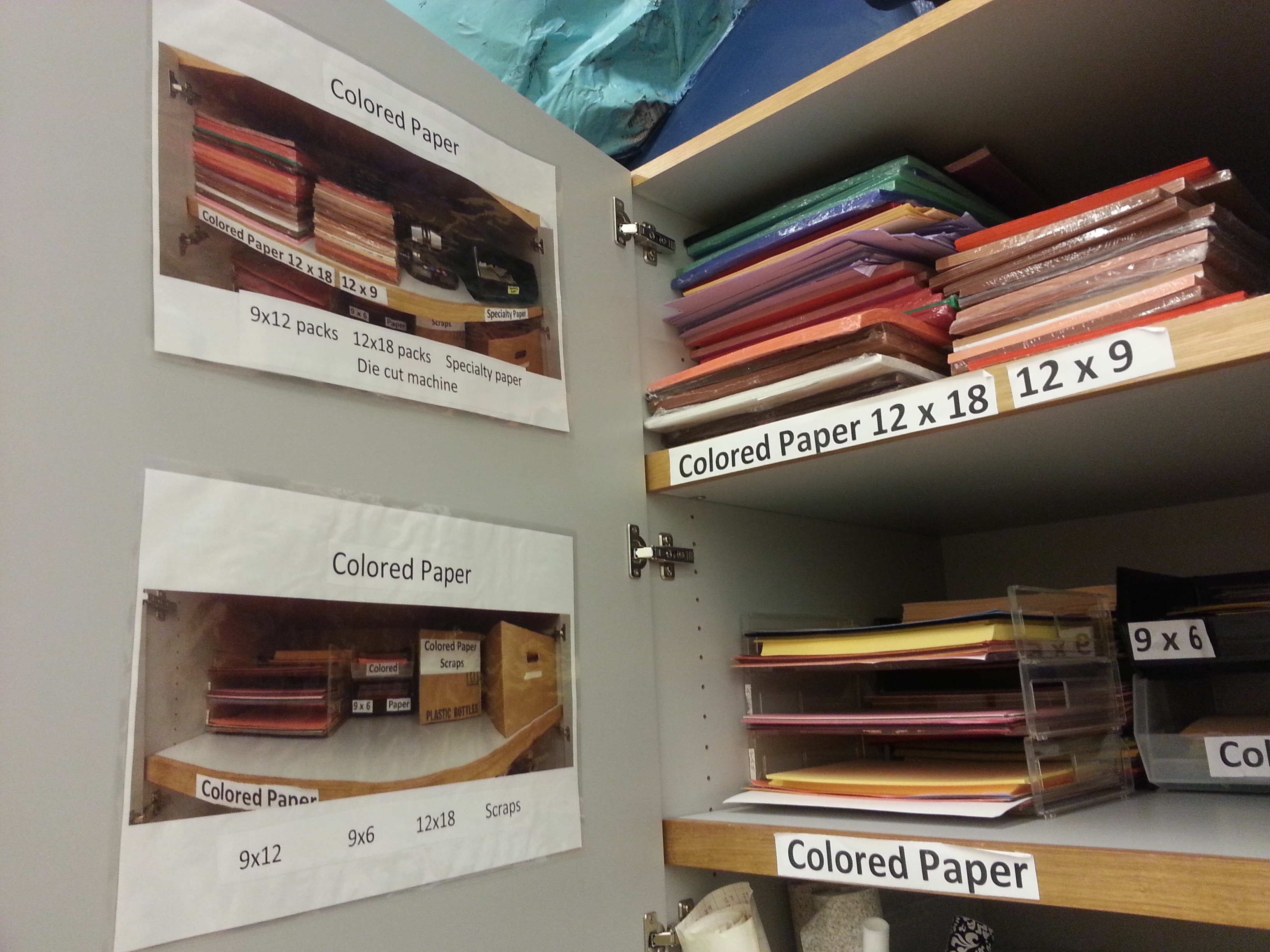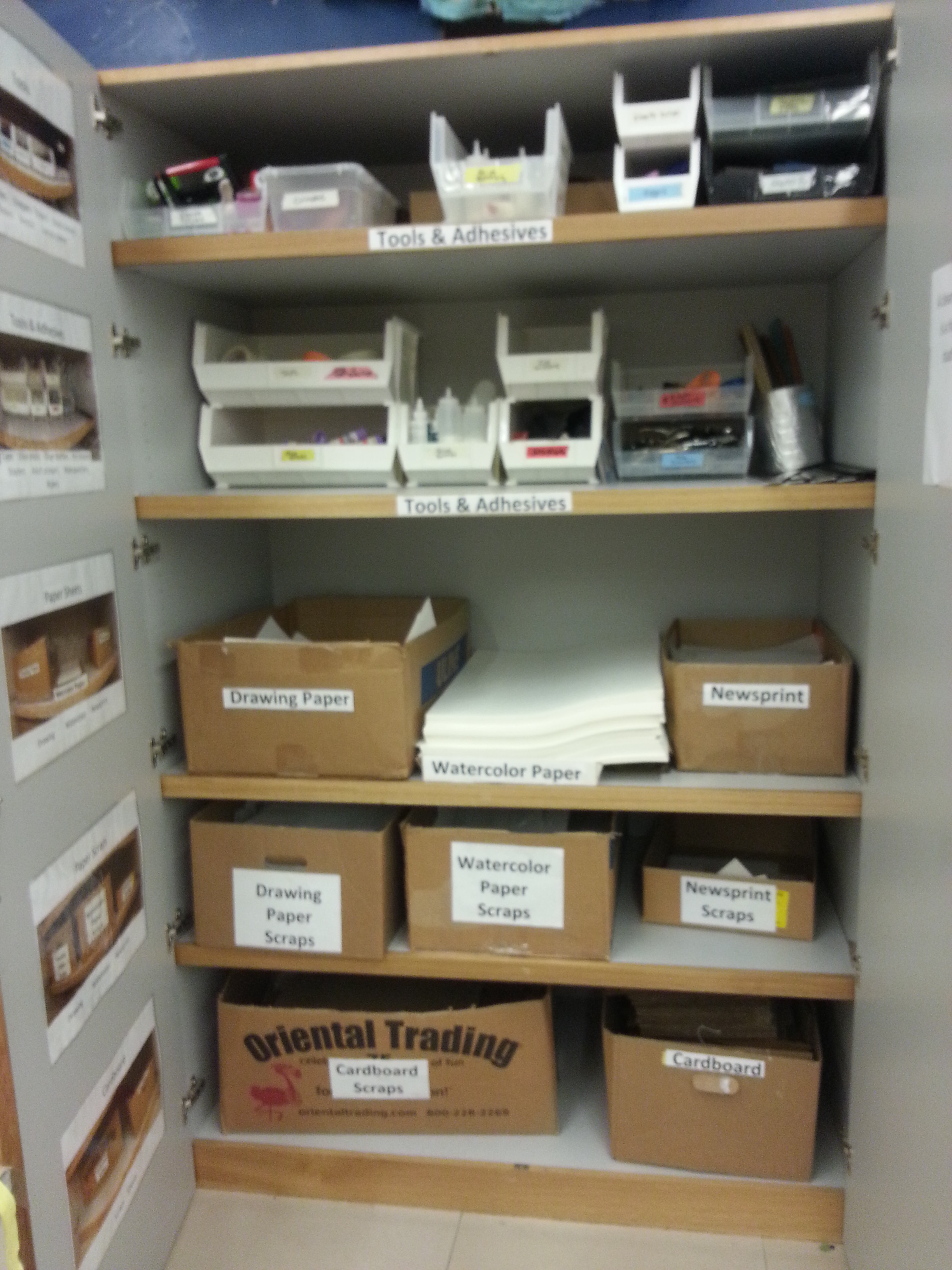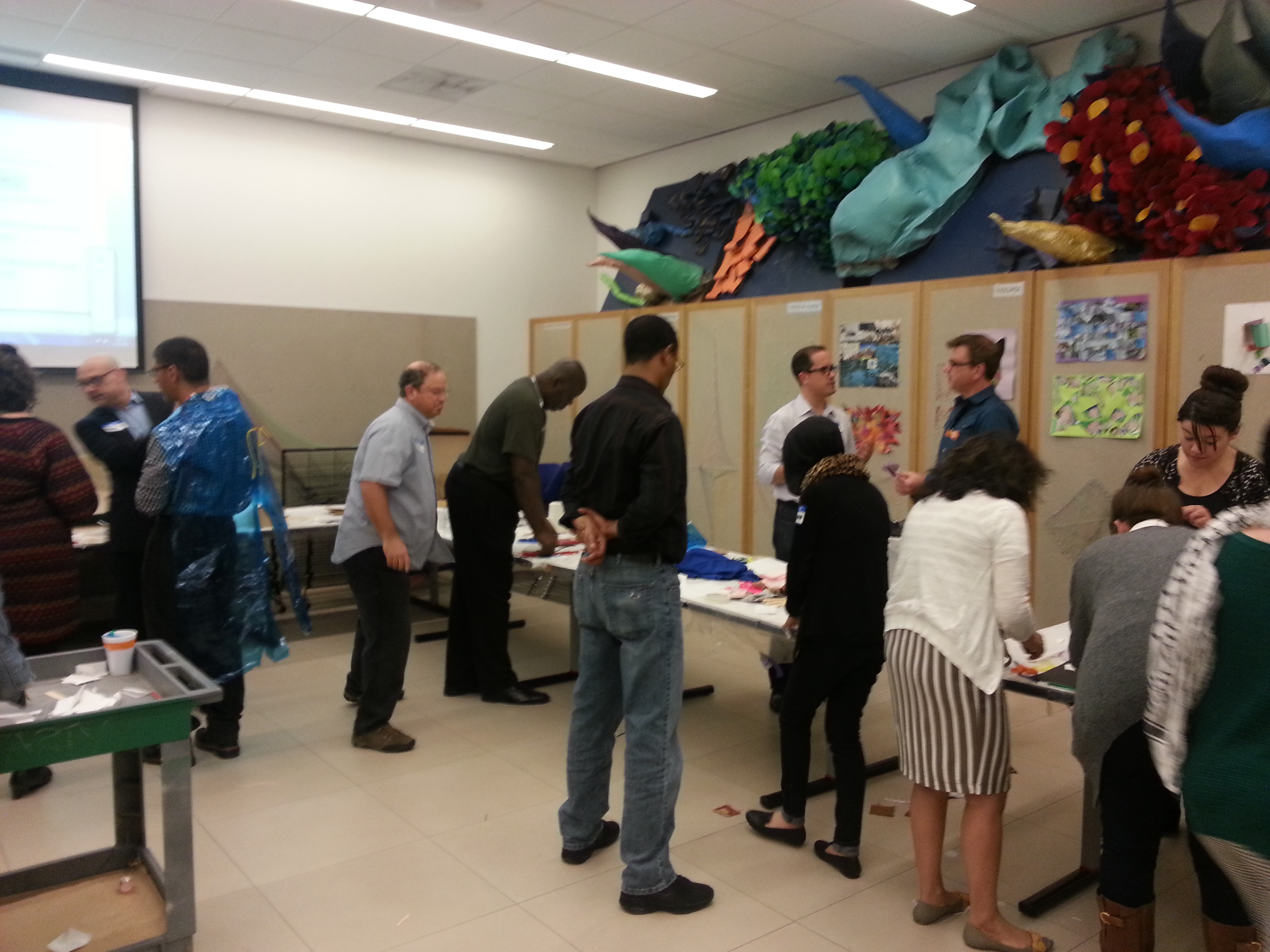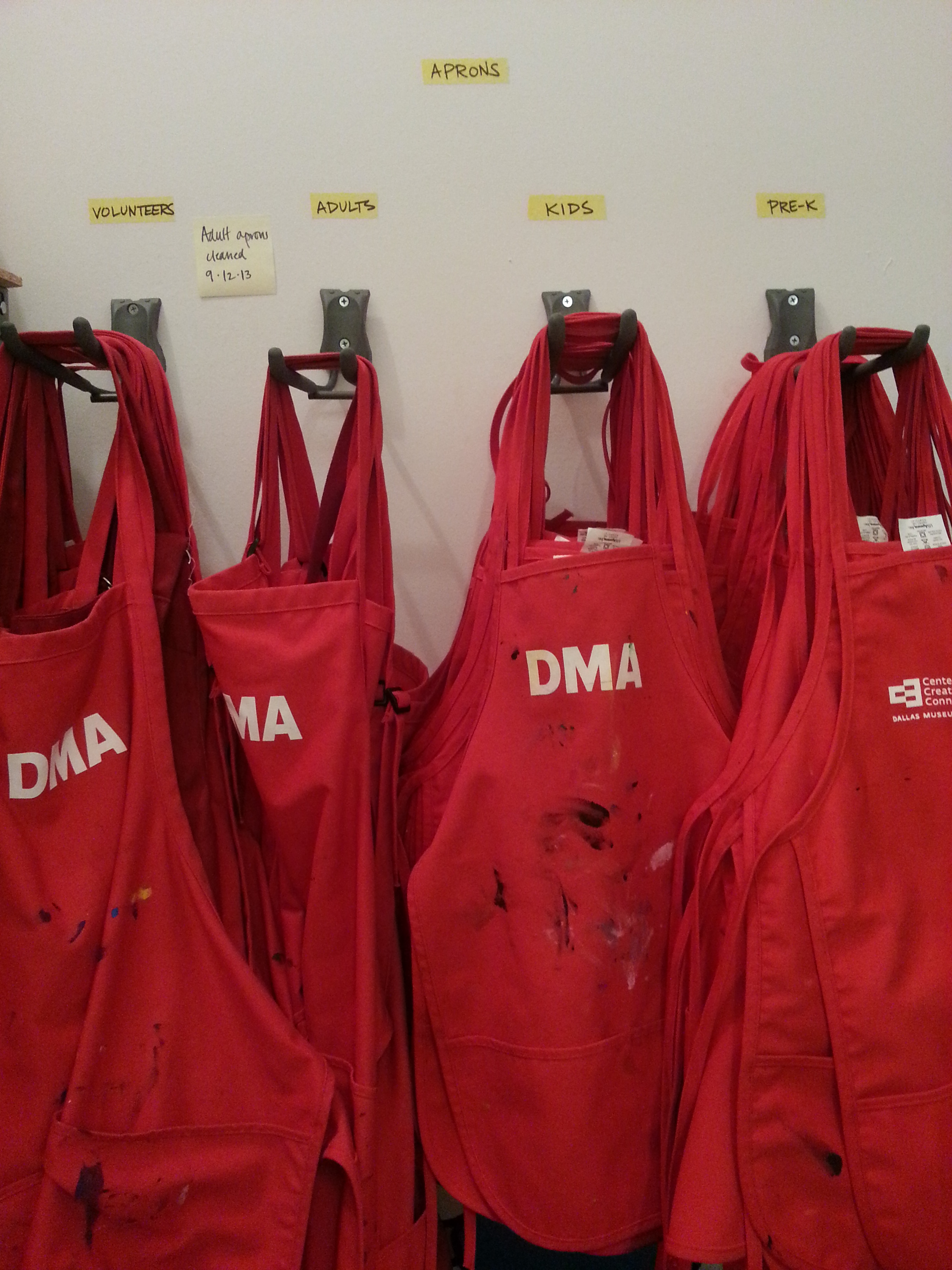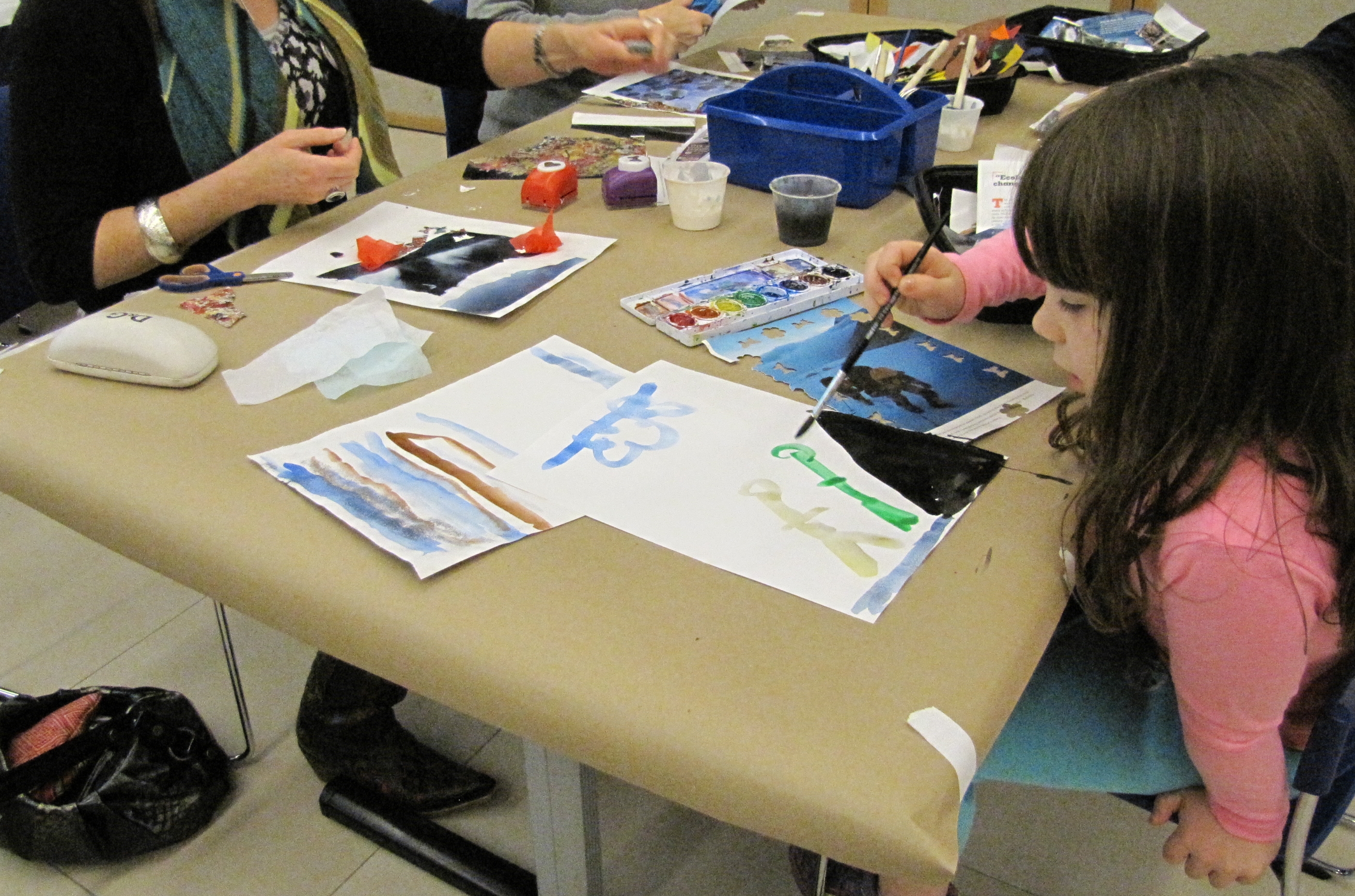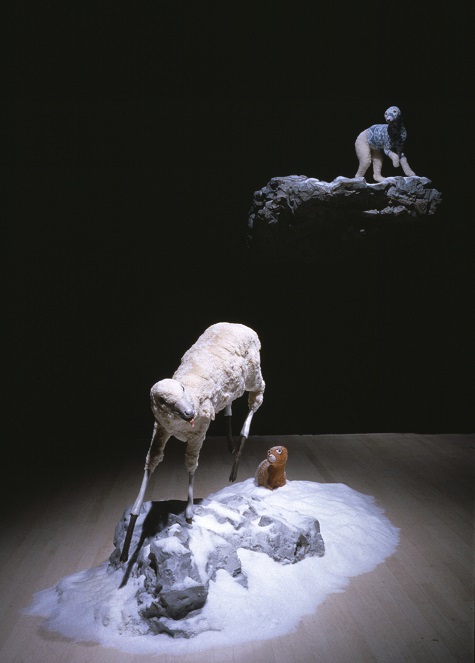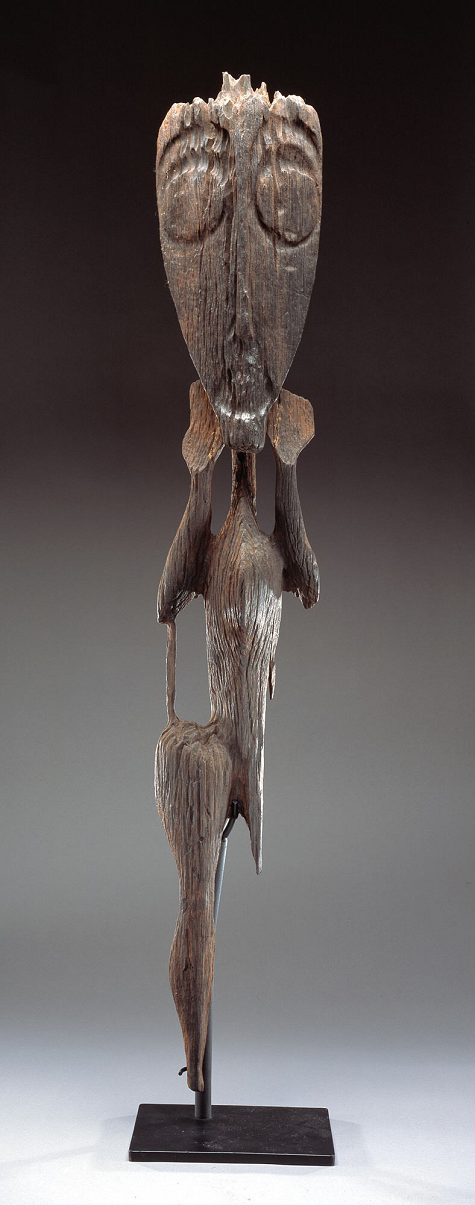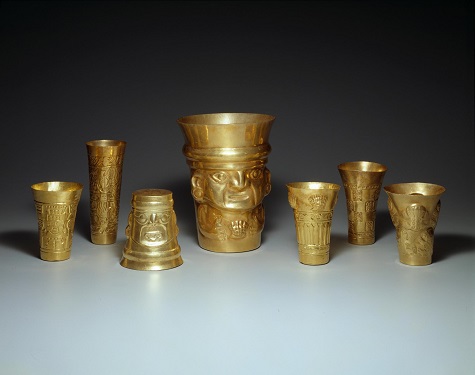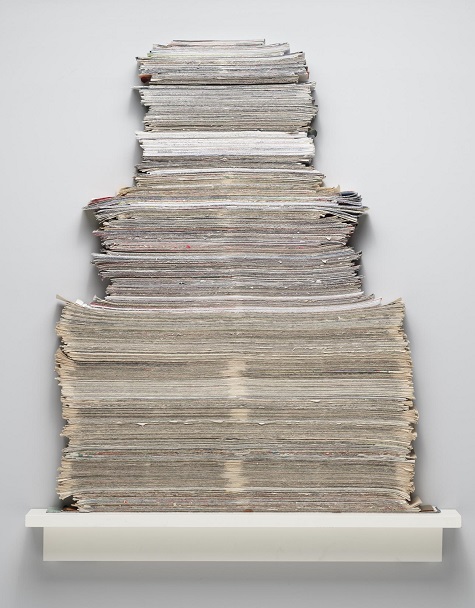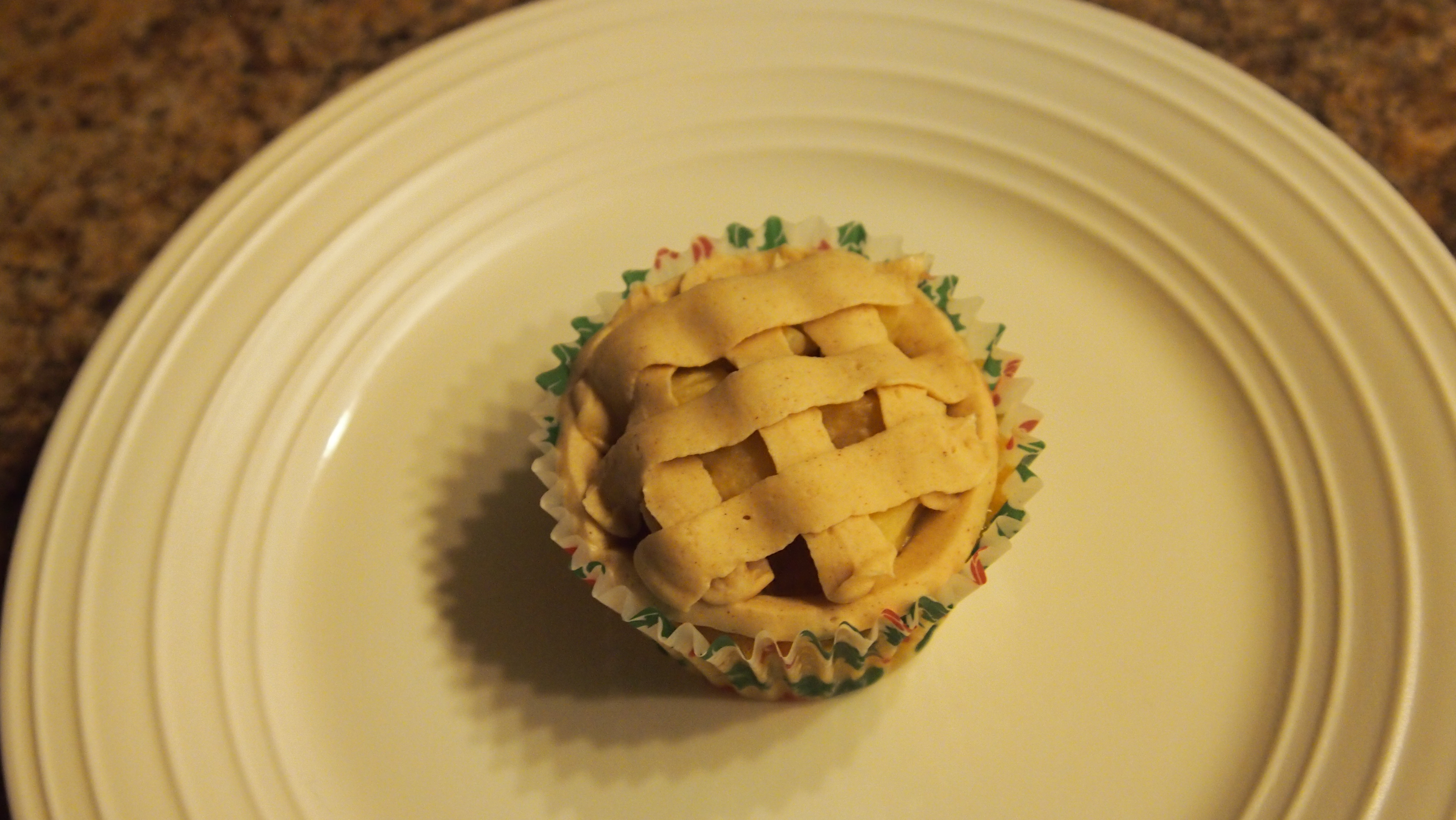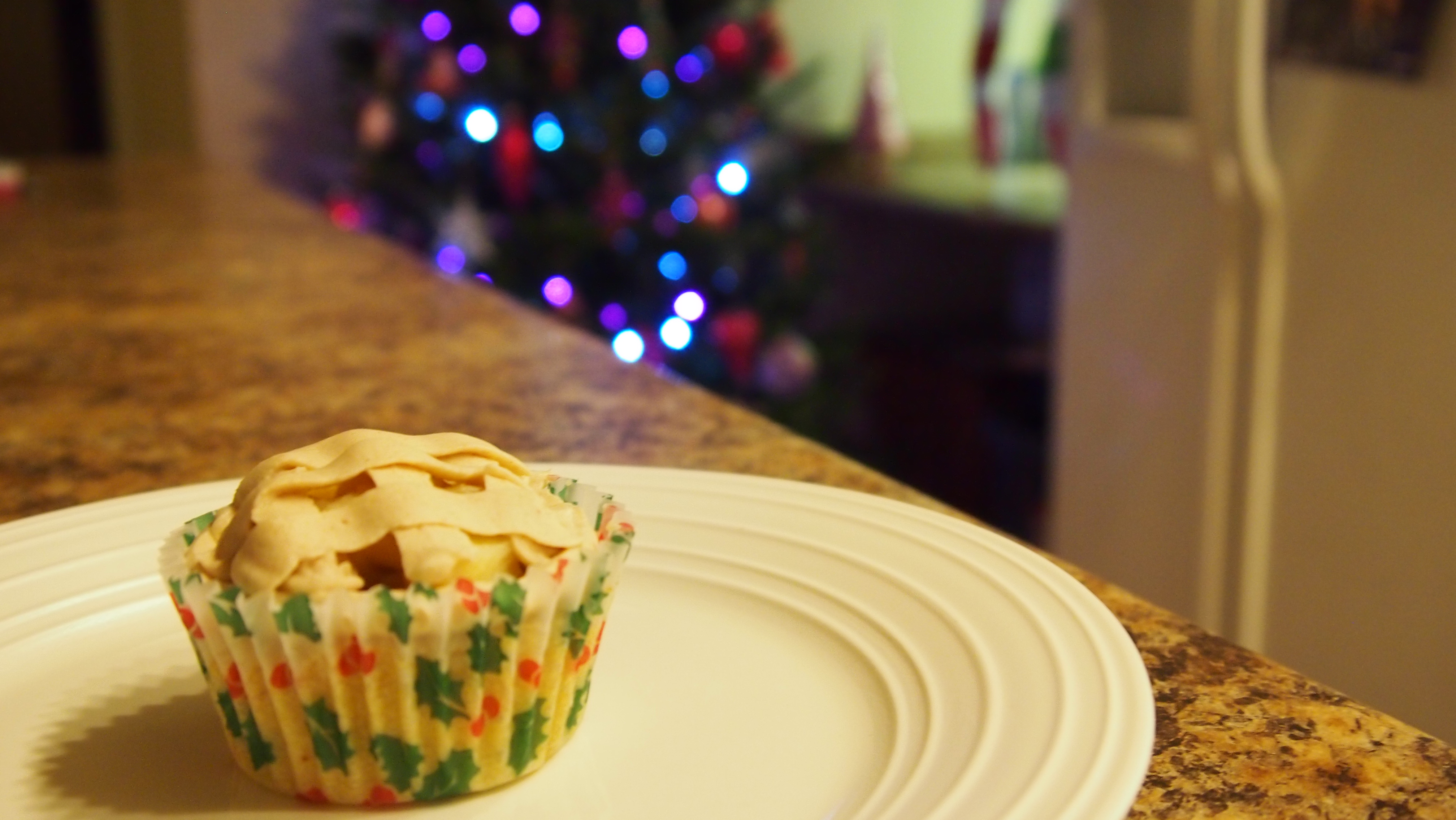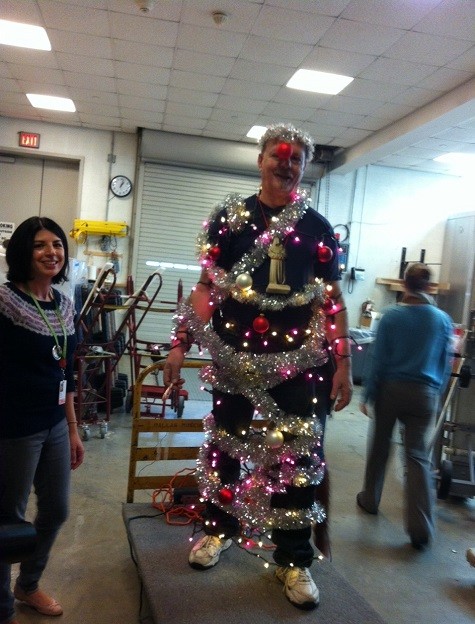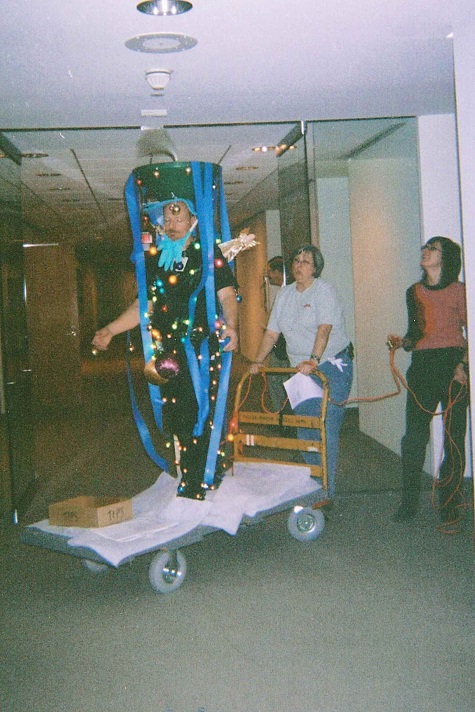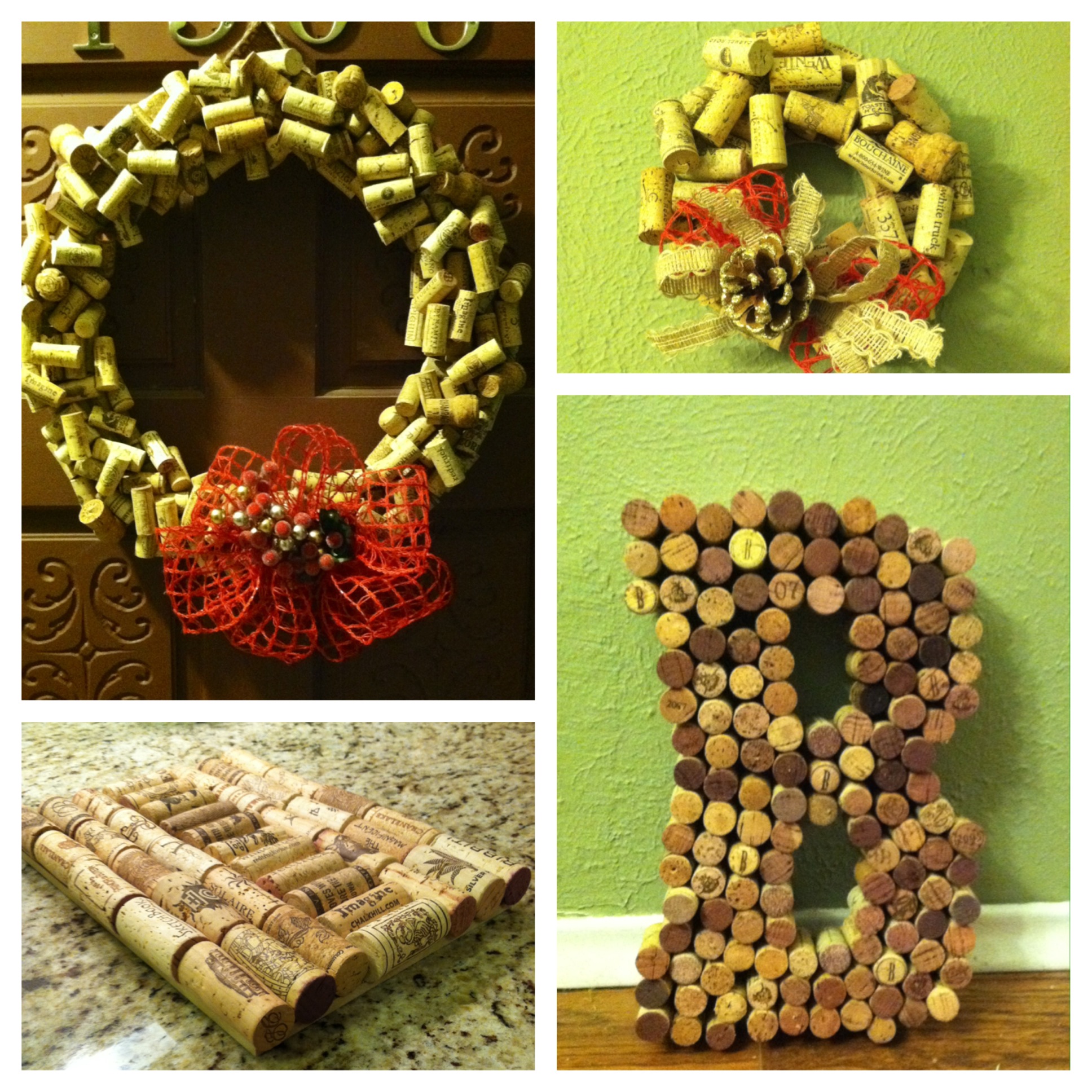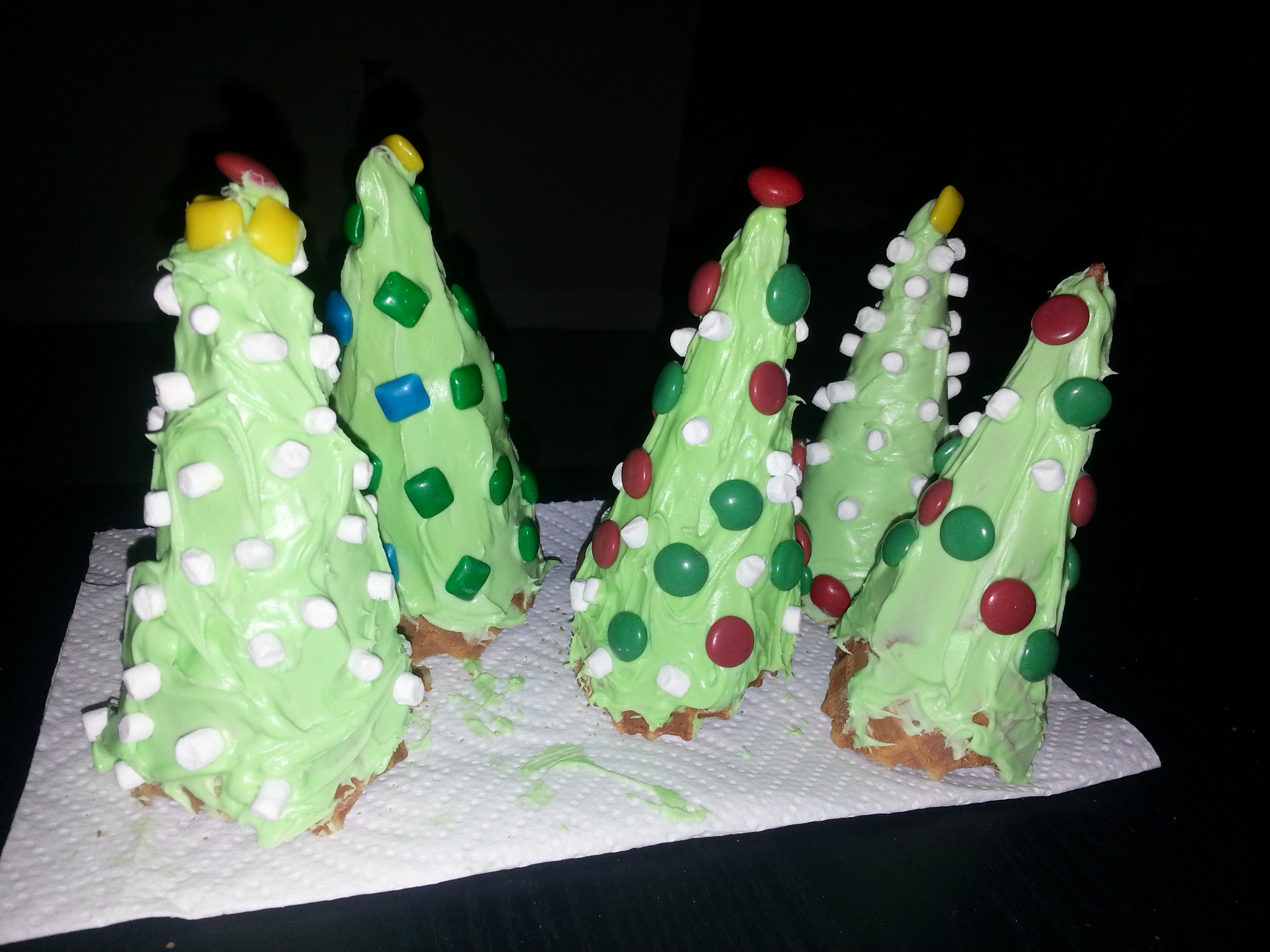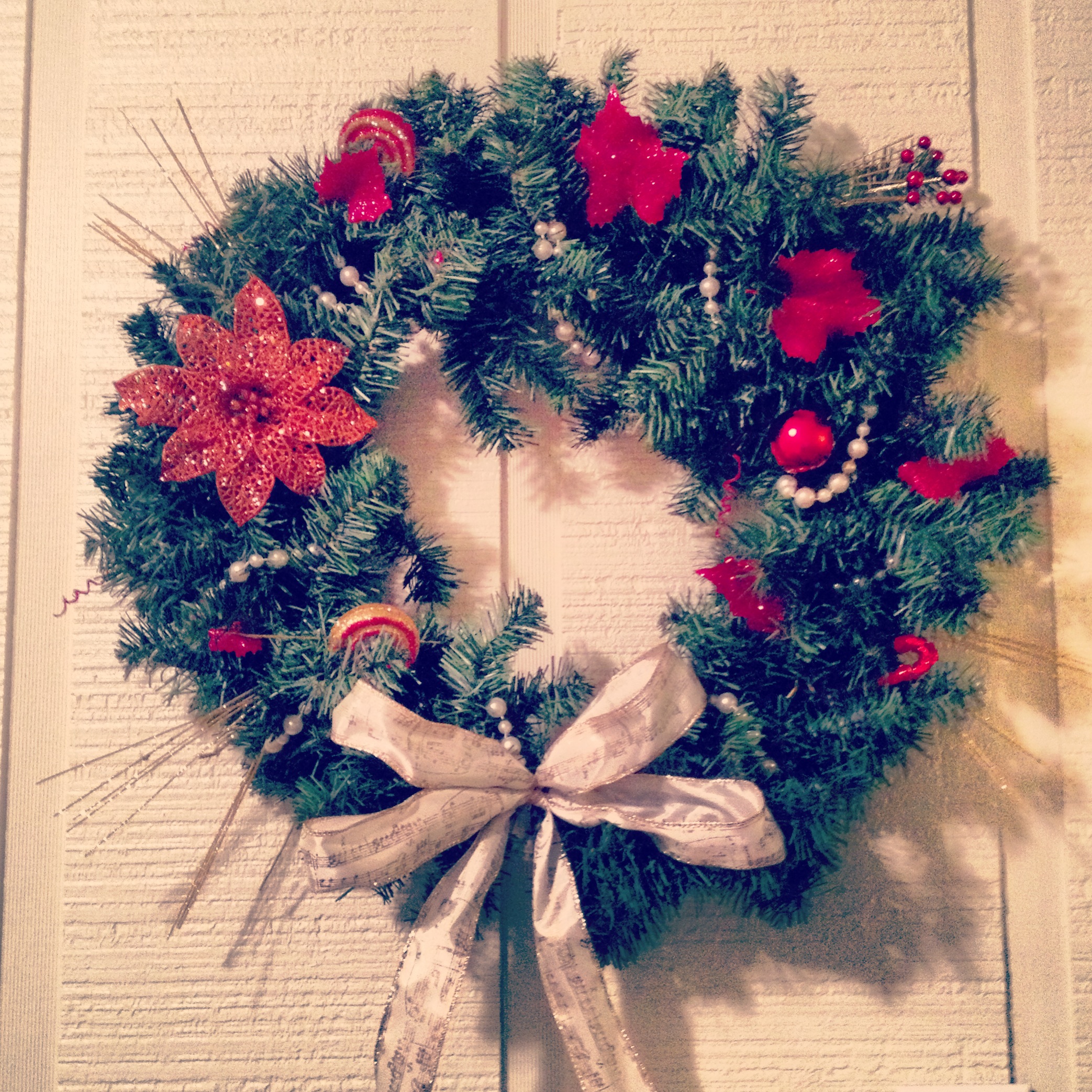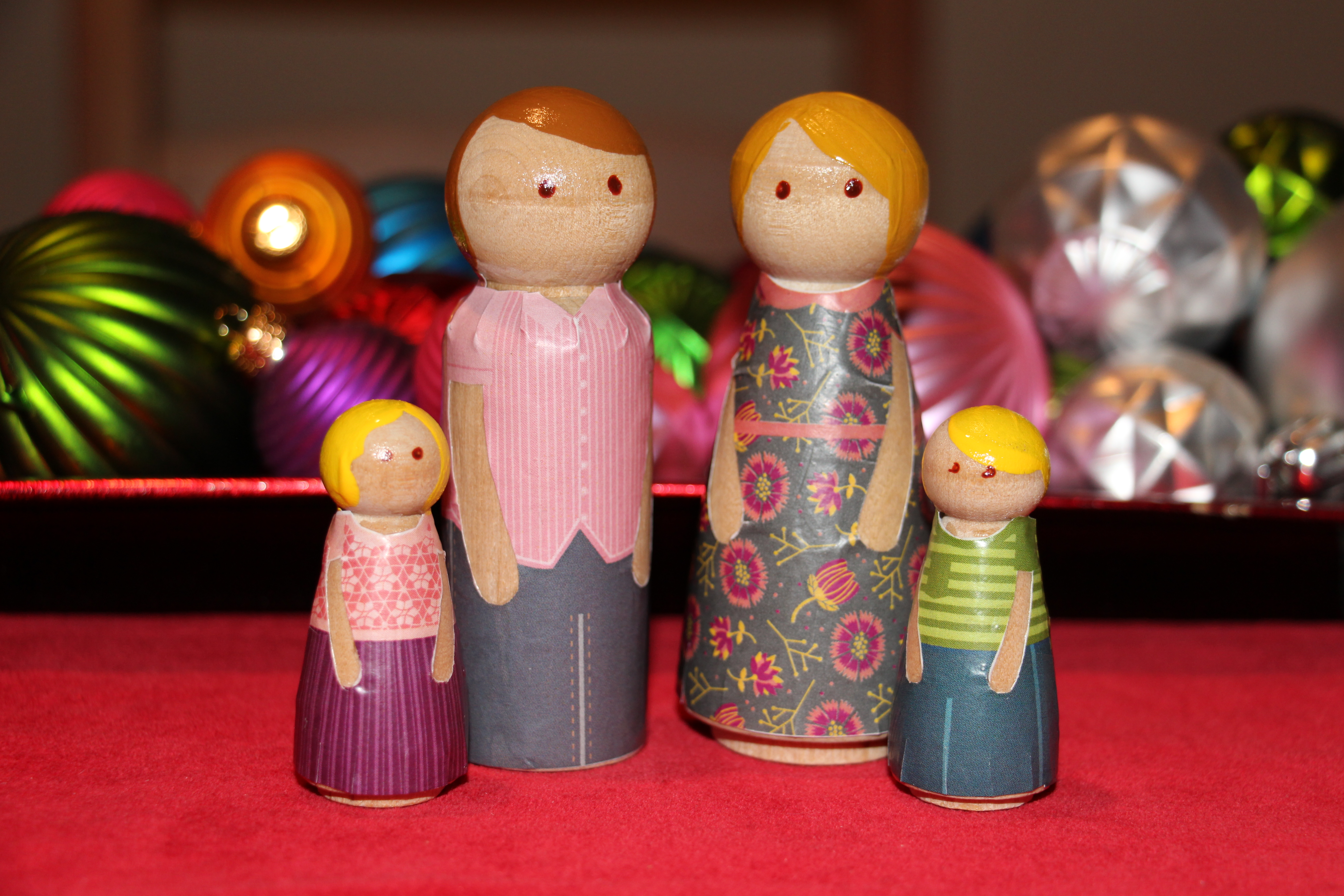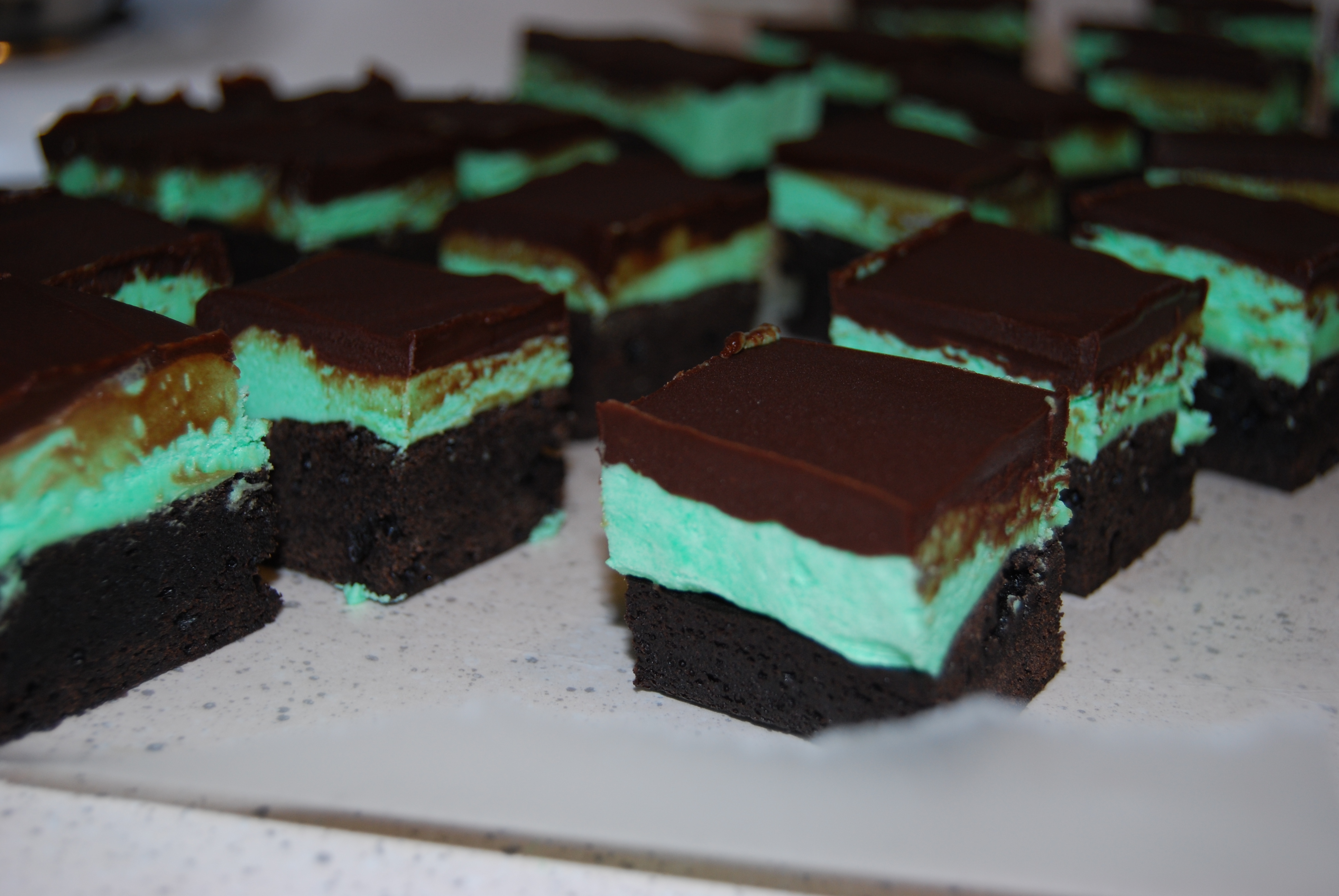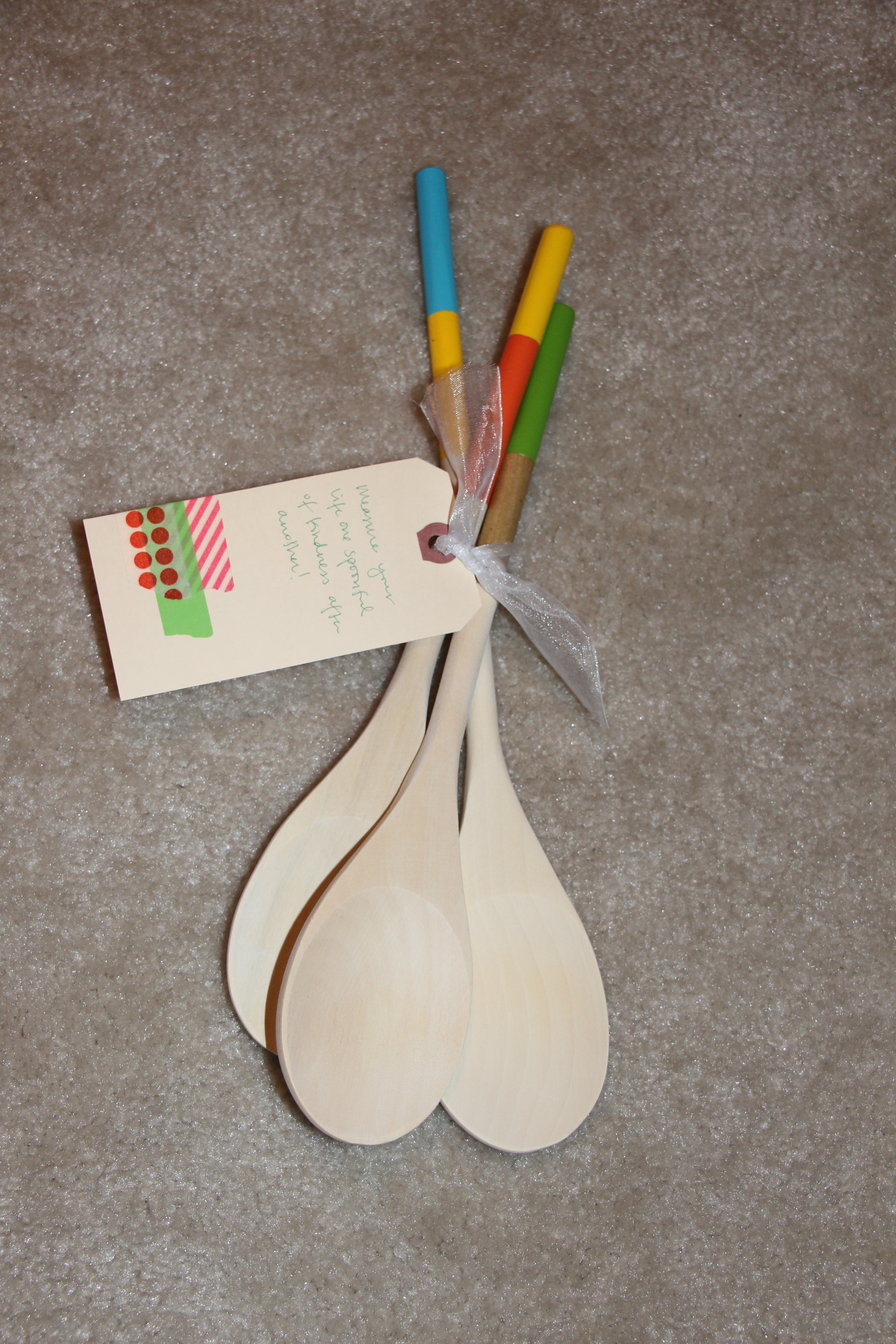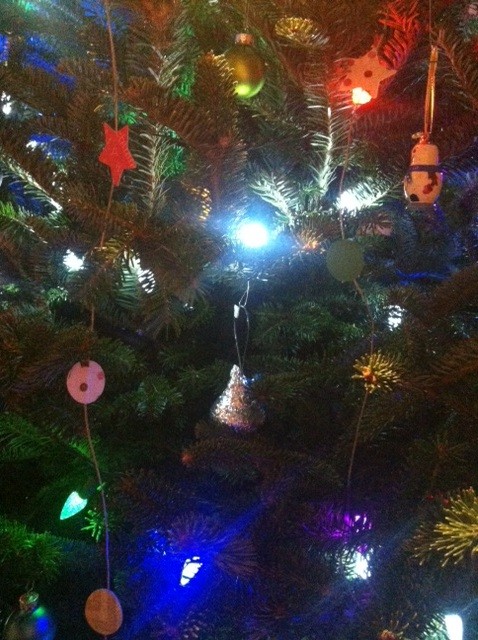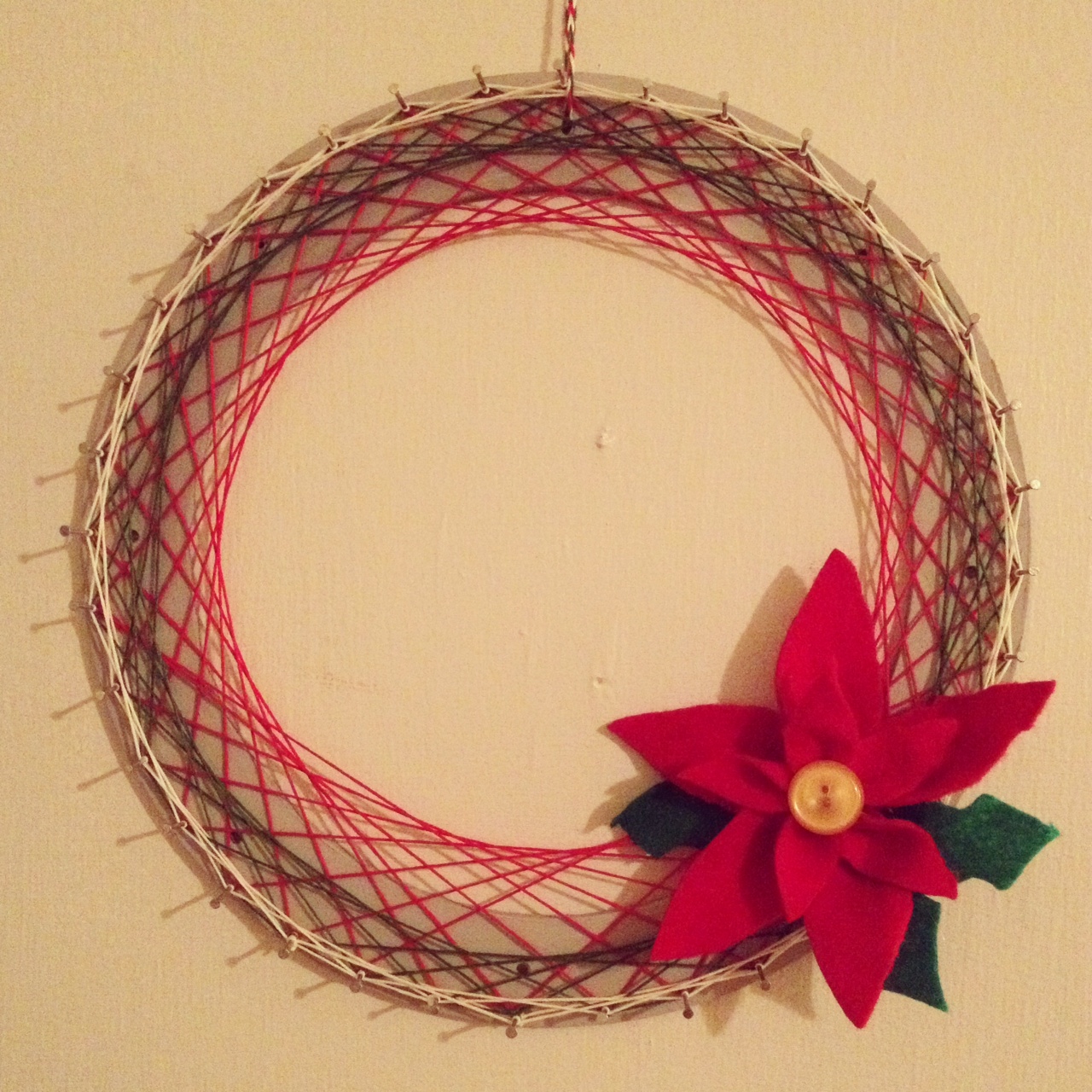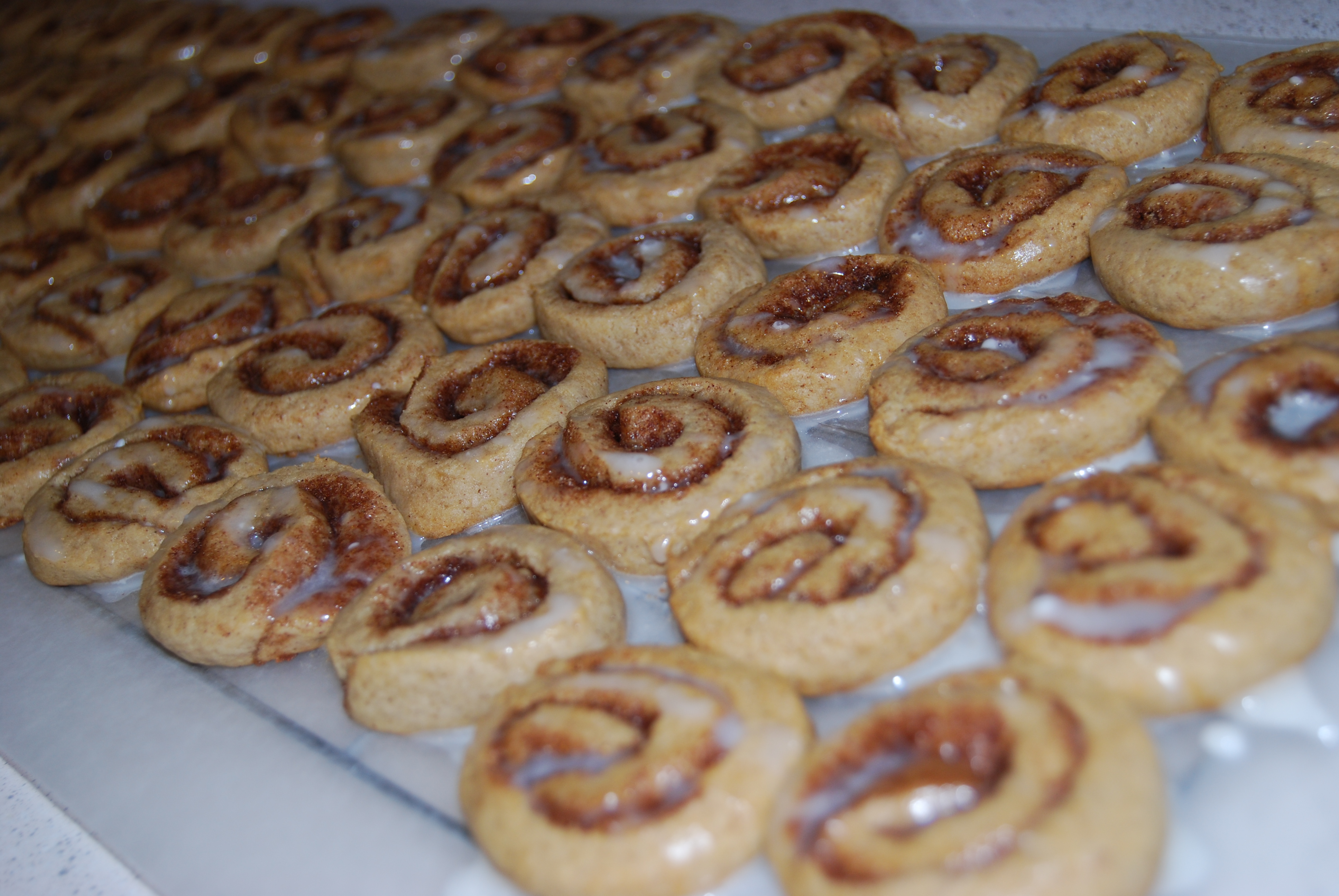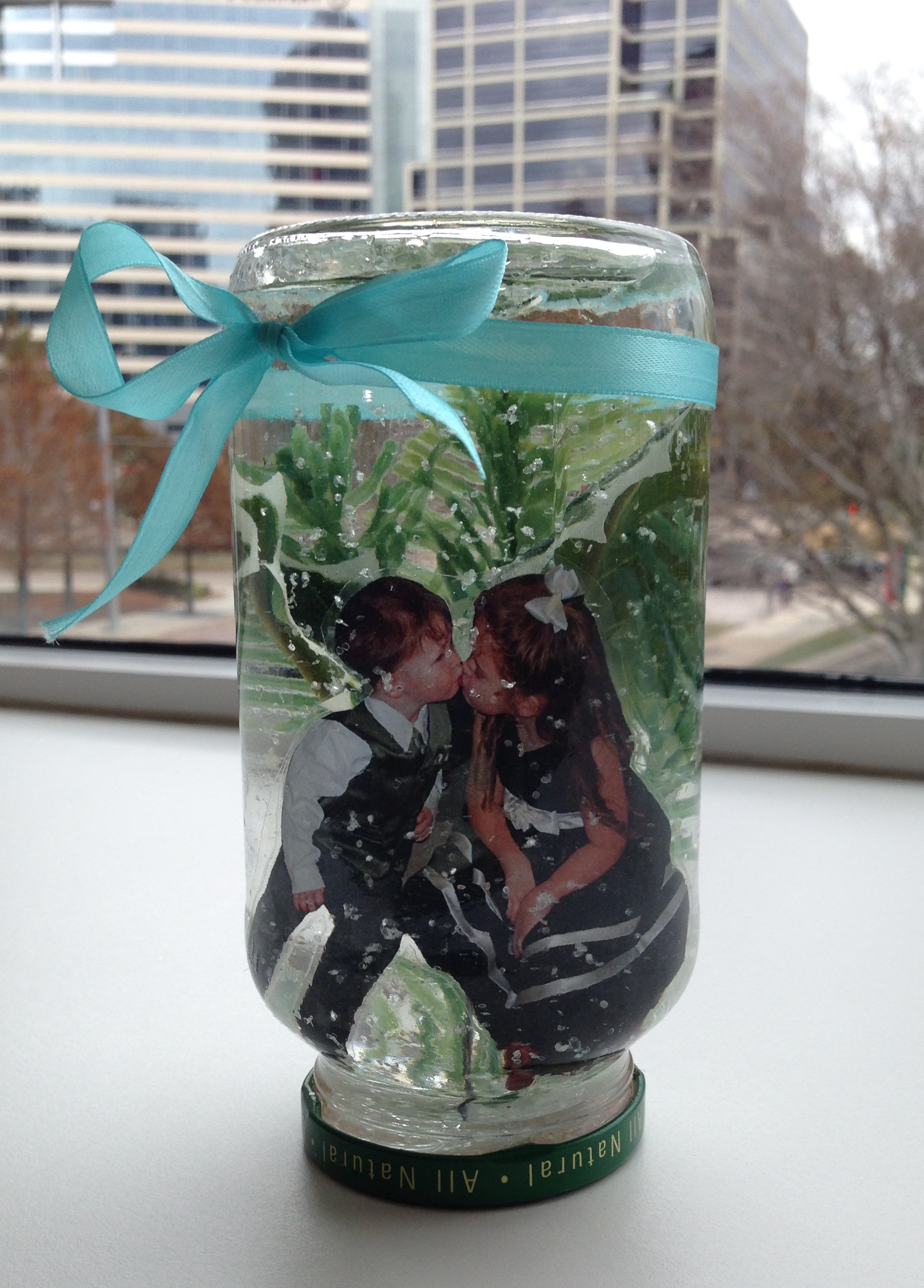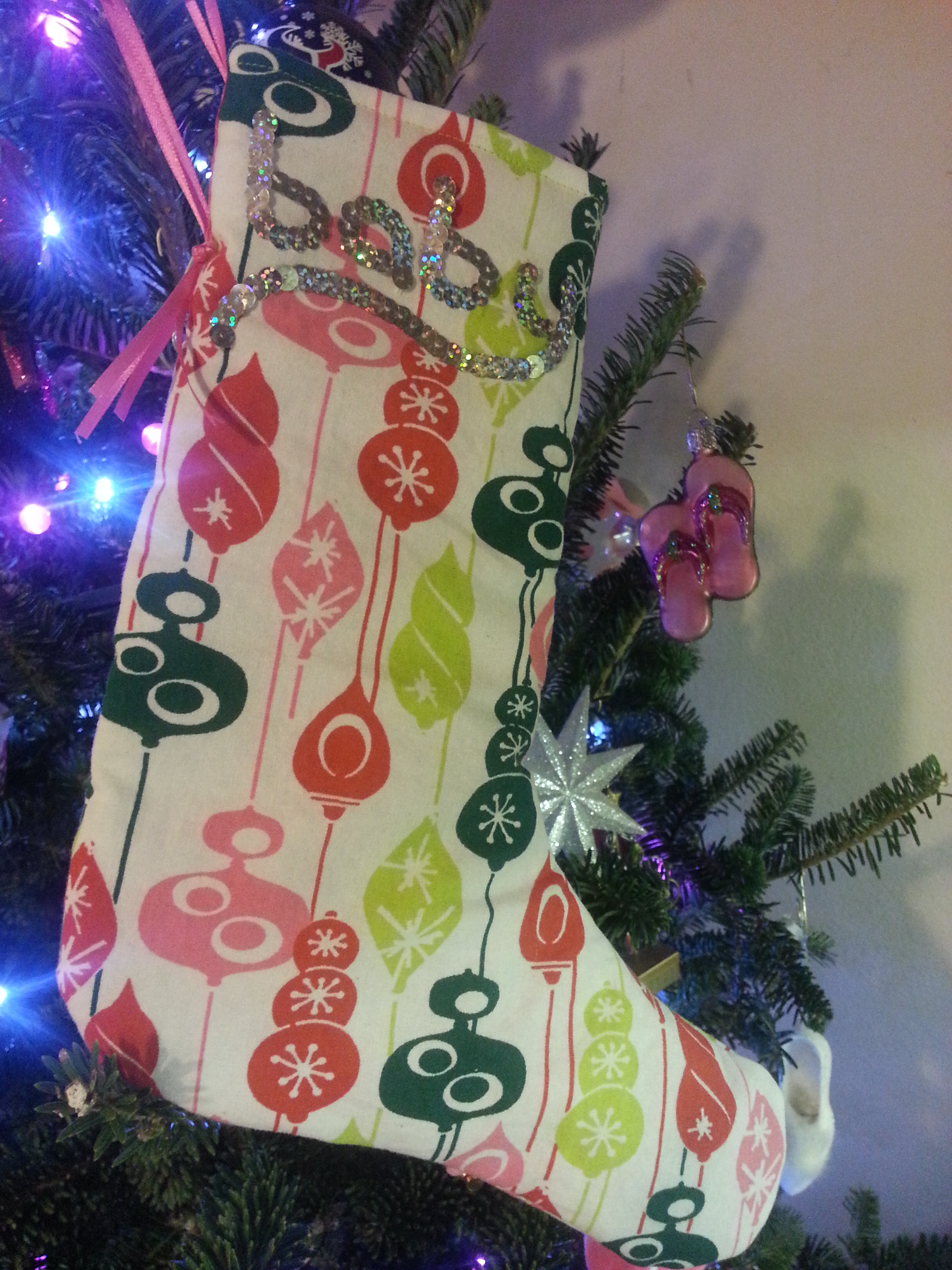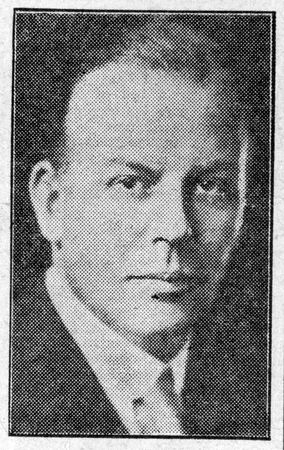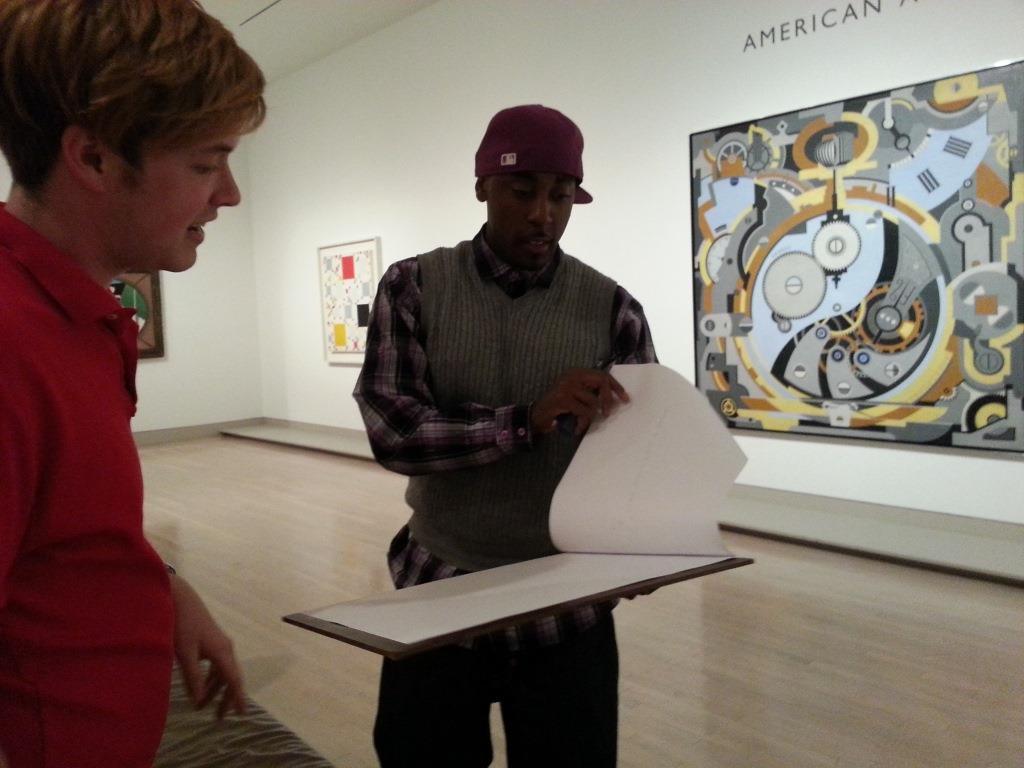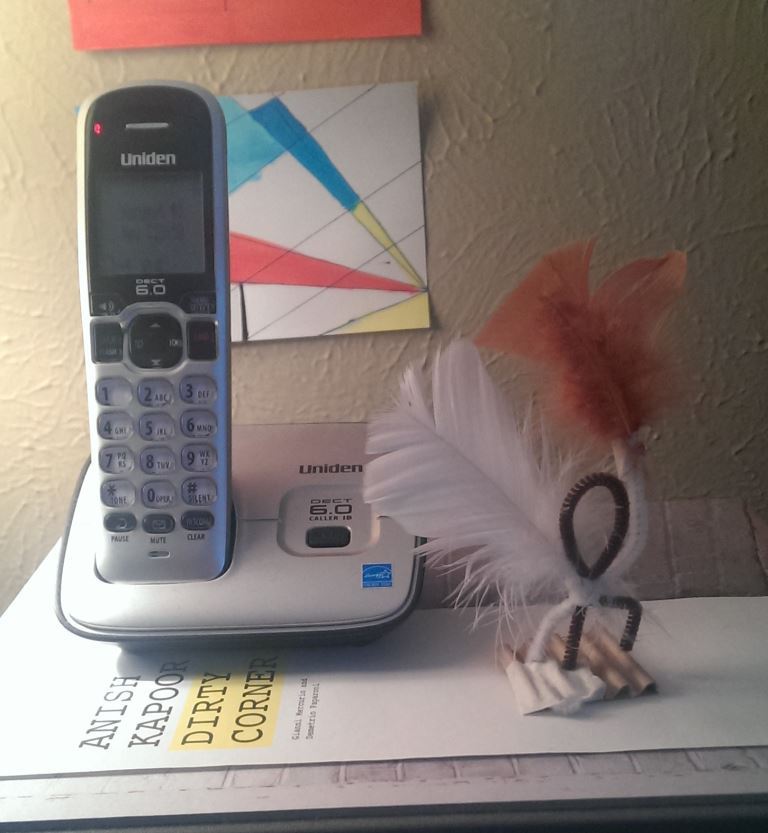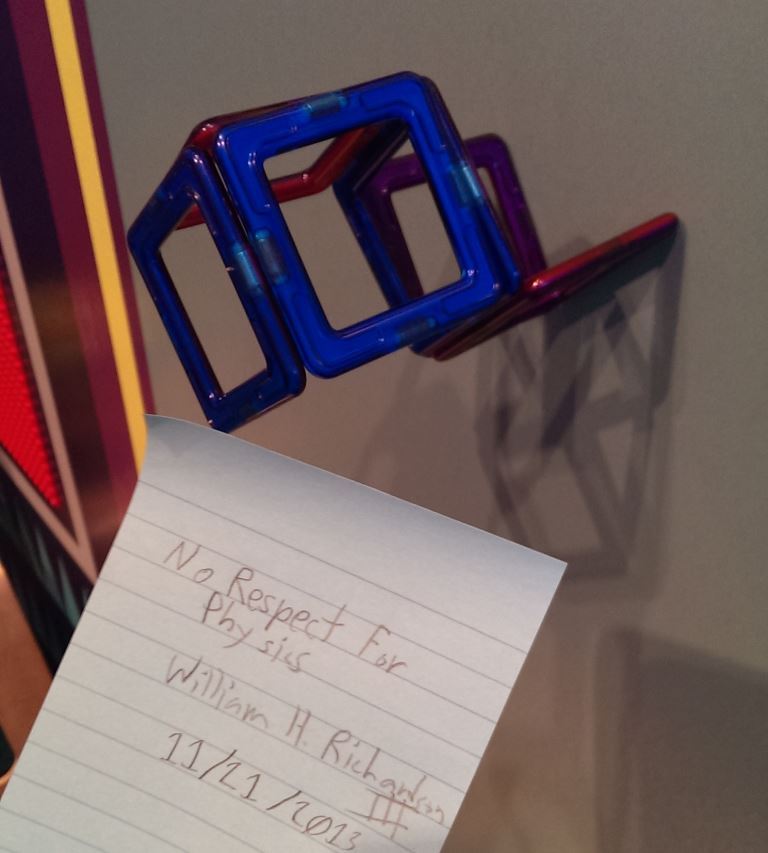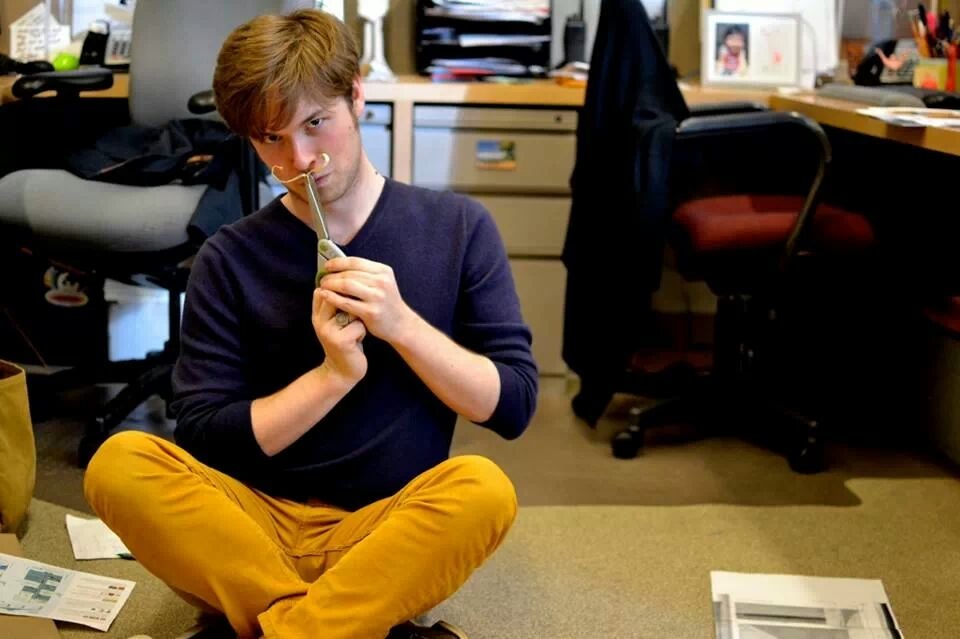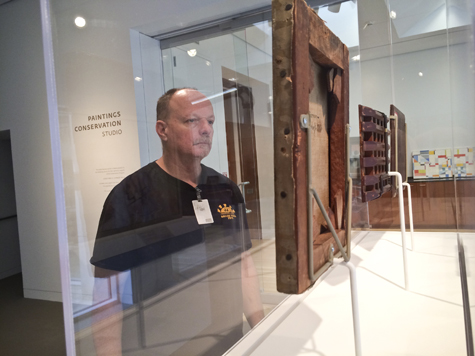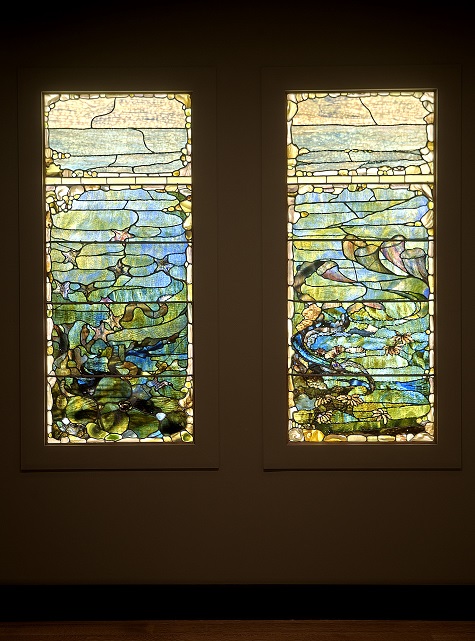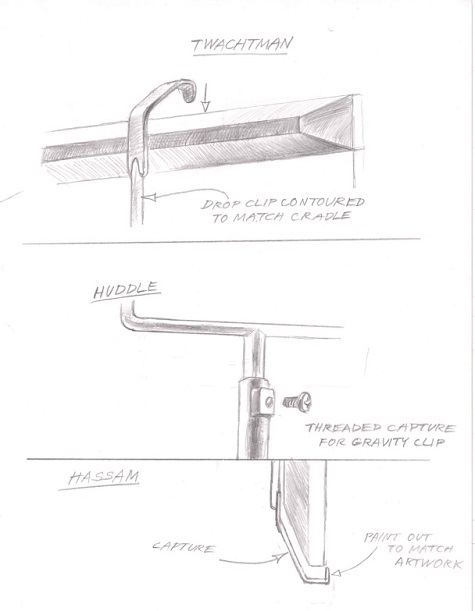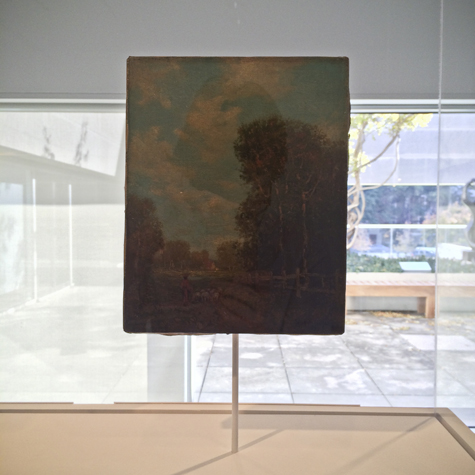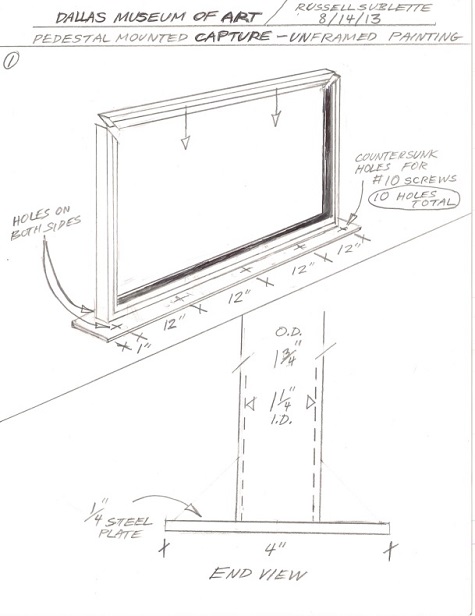The year 2013 has been an exciting one at the DMA. We’ve welcomed more than 540,000 visitors, launched new programs, and hosted 11 exhibitions. Below are a few of the Uncrated team’s favorite highlights from the past year.
- Going free!
We returned to free general admission on January 21 and have loved every minute of opening our doors for free to the North Texas community. - Getting more than 41,000 new friends
In January we launched DMA Friends, the first free museum membership program, and our new friends have been earning points on their visits and redeeming them for unique rewards for almost 12 months! - DMA sleepover
Speaking of unique rewards, we hosted our first DMA Overnight in November. Ten DMA Friends redeemed 100,000 points to spend the night at the Museum with a guest while exploring the galleries after hours, participating in new DMA games and sleeping under the watchful eyes of Tlaloc.
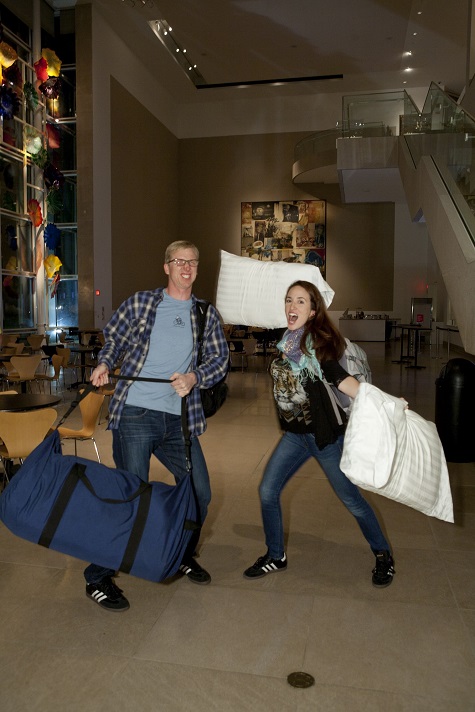
- C3 got a facelift
Come by and see new works of art and activities for all ages in the front gallery of the Center for Creative Connections on Level 1. - A sky of denim
The DMA co-organized exhibition Jim Hodges: Give More Than You Take (on view through January 12!) is full of beautiful and interesting works of art, but we had the privilege of being the first venue to ever show his denim work Untitled (one day it all comes true). It was amazing getting to witness Jim Hodges viewing his completed work on display for the first time.
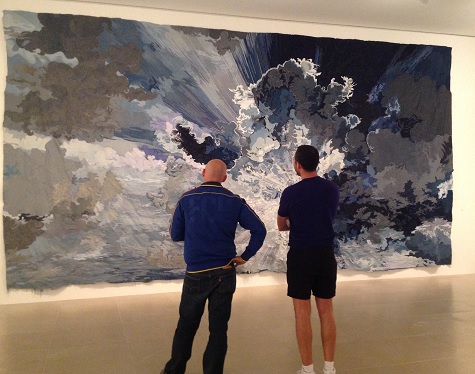
- Happy Anniversary!
This was the year of anniversaries here at the DMA, including the 110th birthday of the DMA, the 80th anniversary of the Dallas Free Public Art Gallery becoming the Dallas Museum of Fine Arts, the 50th anniversary of the merger of the DMFA and DMCA, the 30th anniversary of the DMA Sculpture Garden opening, the 20th anniversary of the Hamon Building opening (which includes Level 4 and the Atrium), Arturo’s 10th birthday, and the 5th anniversary of C3. - From Greece to Dallas
We had a year of amazing exhibitions, from a celebration of President Kennedy in Hotel Texas: An Art Exhibition for the President and Mrs. John F. Kennedy to the colorful world of Chagall’s sculptures, drawings and costumes in Chagall:Beyond Color, from the famous Discus Thrower from the British Museum in The Body Beautiful in Ancient Greece to welcoming the local art community in DallasSITES: Available Space. - Art/Arte
This fall we launched our first-ever bilingual (Spanish and English) guide for visitors, written by members of the Dallas community through a partnership program with AVANCE-Dallas and Make Art With Purpose. Pick one up at the Visitor Services Desk on your next visit. - Texas hops and barley
This summer we had a Texas beer social for Museum staff and sampled brews that come from the Lone Star State. Uncrated team member Melissa Nelson Gonzales out- sipped the competition and won the beer tasting contest!

- Eyes of the Ancestors
In June we celebrated the publication of our catalogue Eyes of the Ancestors: The Arts of Island Southeast Asia at the Dallas Museum of Art and welcomed special guest Dhalang Purbo Asmoro, who hosted a public gamelan and wayang performance with musicians from Java, Bali and New York. This month, the book was named the winner of the 2013 International Tribal Art Book Prize.
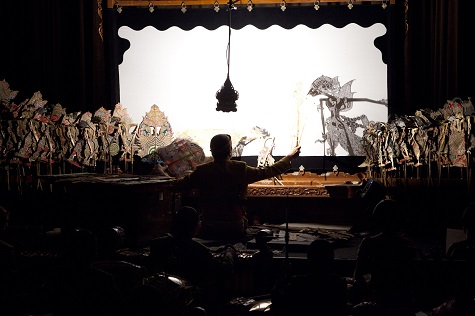
- Creative rest stop
We launched a new program this year, the Pop-Up Art Spot, taking C3 into the galleries and inviting visitors to enjoy a creative break while exploring the Museum. Over 12,000 visitors of all ages have participated in drawing, writing and other creative activities! - New digs
In 2013 a portion of the south end of the building was under renovation for the new DMA Paintings Conservation Studio (watch the transition here). Visitors can see into the DMA’s Conservation Studio and explore the conservation process in the adjacent gallery for free during Museum hours. A recent conservation project, Daniel Buren’s Sanction of the Museum, hangs in the Concourse and leads the way to the studio.
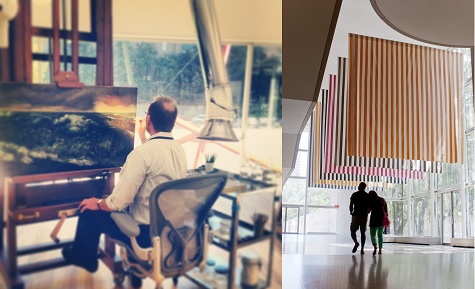
- A Texas-size howdy!
Our Visitor Services Team, which greets every guest of the DMA when they walk through our doors or visit the galleries, also got a makeover. You may have noticed their friendly smiles and new outfits during your visits this year.
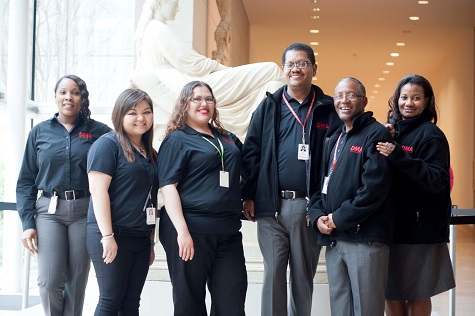
Thank you for helping us make 2013 a great year. We wish you a very happy new year!
Kimberly Daniell is the manager of communications and public affairs at the DMA.
